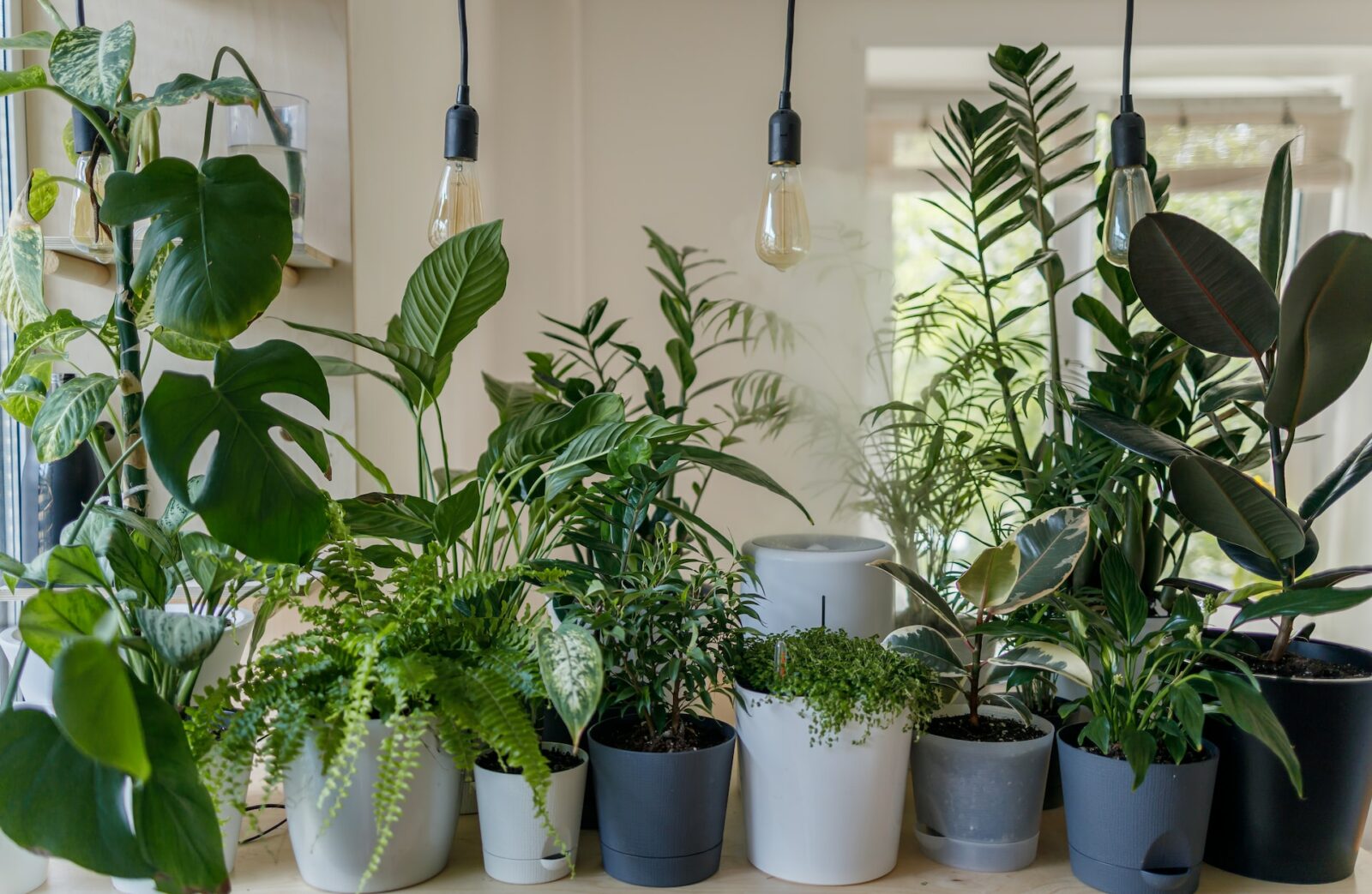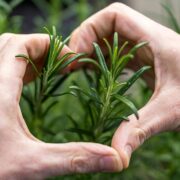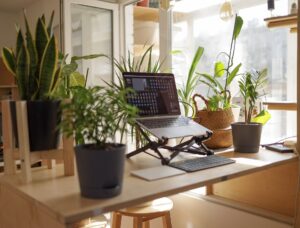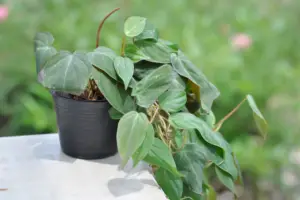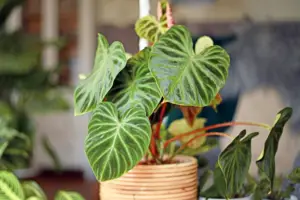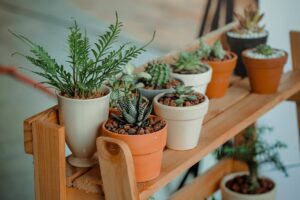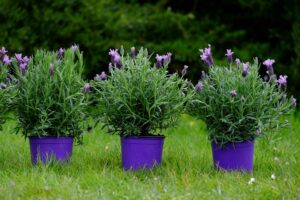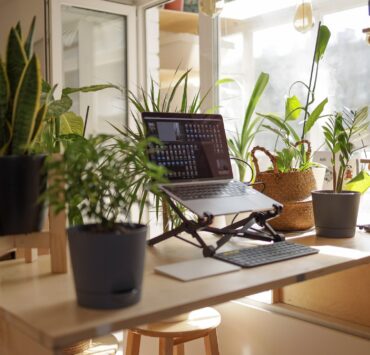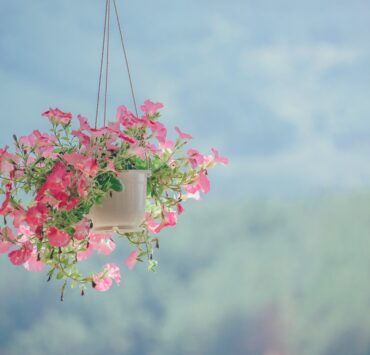Pollination is a crucial process that enables plants to reproduce and ensure the continuation of their species. Without pollination, plants cannot produce fruits or seeds, which are essential for their survival and growth. Pollination occurs when pollen from the stamen (male part) of a flower is transferred to the stigma (female part) of the same or a different flower, which then leads to fertilization and the production of seeds. In this blog, you will learn how to pollinate indoor plants.
What are the Two Types of Plants for Pollination?
There are two types of plants: angiosperms and gymnosperms. Angiosperms are flowering plants that produce seeds enclosed in a fruit or ovary, while gymnosperms are non-flowering plants that produce seeds without any covering or protection.
Most indoor plants are angiosperms, and they rely on pollinators such as bees, butterflies, and moths to transfer pollen from one flower to another. However, if there are no natural pollinators available, indoor gardeners can pollinate their plants manually.
Manual pollination can be done using a small brush or cotton swab to transfer pollen from the stamen to the stigma of the same flower or a different flower on the same plant. This process is particularly important for plants that are not self-pollinating, which means they require pollen from a different plant to produce fruits or seeds. By manually pollinating indoor plants, gardeners can ensure that their plants are able to produce fruits or seeds, which are important for their overall health and growth.
How to Pollinate Indoor Plants?
Indoor plants, just like outdoor plants, require pollination to ensure proper growth and reproduction. Pollination occurs when pollen from the stamen (male part) of a flower is transferred to the stigma (female part) of the same or a different flower, which then leads to fertilization and the production of seeds. However, indoor plants may not have access to natural pollinators such as bees and butterflies, so indoor gardeners may need to pollinate their plants manually.
Here are the Steps to Pollinate Indoor Plants Manually:
Identify the Flowers:
To pollinate your indoor plants, you first need to identify the flowers that require pollination. Look for flowers that have not yet produced fruit or seeds.
Choose a Method:
There are two common methods for manual pollination: using a small brush or cotton swab or gently shaking the flower to release the pollen.
Pollinate the Flowers:
If you are using a brush or cotton swab, gently touch the stamen to collect pollen and then touch the stigma with the same brush or cotton swab. If you are shaking the flower, hold the flower gently and shake it to release the pollen onto the stigma.
Repeat the Process:
Depending on the number of flowers you want to pollinate, you may need to repeat the process several times.
Observe and Wait:
After pollination, the flower will start to wilt, and the ovary will start to grow into a fruit. Observe the plant and wait for the fruit to mature. It’s important to note that not all indoor plants require manual pollination. Some plants are self-pollinating or do not require pollination at all. Check the specific needs of your indoor plant before attempting to pollinate it manually.
In conclusion, manual pollination can help to ensure that indoor plants are able to produce fruits or seeds, even in the absence of natural pollinators. By following the steps outlined above, you can successfully understand how to pollinate indoor plants and support their growth and reproduction.
